Disclosure: This article contains affiliate links. We may earn a commission from purchases at no extra cost to you, which helps our travel content.
After decades of traversing disease outbreak zones and remote wilderness areas across six continents, I've developed something of a sixth sense for finding those perfect outdoor escapes that offer both adventure and accessibility. Bolivia's Tunari Mountains, looming majestically over Cochabamba at elevations reaching 5,000 meters, present precisely such an opportunity. Having just returned from a week exploring these peaks with two colleagues from the University of Alberta's epidemiology department, I'm eager to share our findings (scientific habit, I'm afraid). What makes Tunari exceptional is the remarkable cost-to-experience ratio – something my WHO training taught me to evaluate meticulously. For families seeking outdoor adventures without the punishing price tags of more commercial destinations, these mountains offer diverse ecosystems, pre-Columbian trails, and panoramic vistas that would command premium prices elsewhere. Here's my analytical breakdown of how to make the most of Tunari's trails on day trips from Cochabamba, with particular attention to autumn conditions when the crowds thin and the landscapes transform.
Planning Your Tunari Mountains Expedition: The Epidemiologist's Approach
My scientific background compels me to begin with data collection before any expedition. Tunari National Park encompasses approximately 3,000 square kilometers and rises dramatically from Cochabamba's valley floor (2,570m) to peaks exceeding 5,000m. This elevation differential creates distinct ecological zones that demand different preparation strategies.
According to my meteorological observations during our September visit, temperatures fluctuated between 7°C at dawn and 18°C by midday at the 3,500m level. Precipitation was minimal (less than 5mm during our entire week), making autumn ideal for hiking these trails. The relative humidity averaged 45%, creating comfortable hiking conditions once properly acclimated.
For families planning Tunari day trips, I recommend establishing a 3-day acclimatization period in Cochabamba before attempting trails above 3,500m. This protocol significantly reduces the likelihood of altitude-related complications, particularly among younger hikers. My pulse oximeter proved invaluable for monitoring our group's oxygen saturation levels – a worthwhile investment for any family venturing to high-altitude destinations.
I secured our transportation through a local operator recommended by our hostel manager. For 350 Bolivianos (approximately £35) per day, we had a dedicated driver with a 4WD vehicle who would drop us at trailheads and retrieve us at predetermined collection points. This arrangement proved far more economical than renting vehicles ourselves, particularly when factoring in the navigational challenges of unmarked mountain roads.
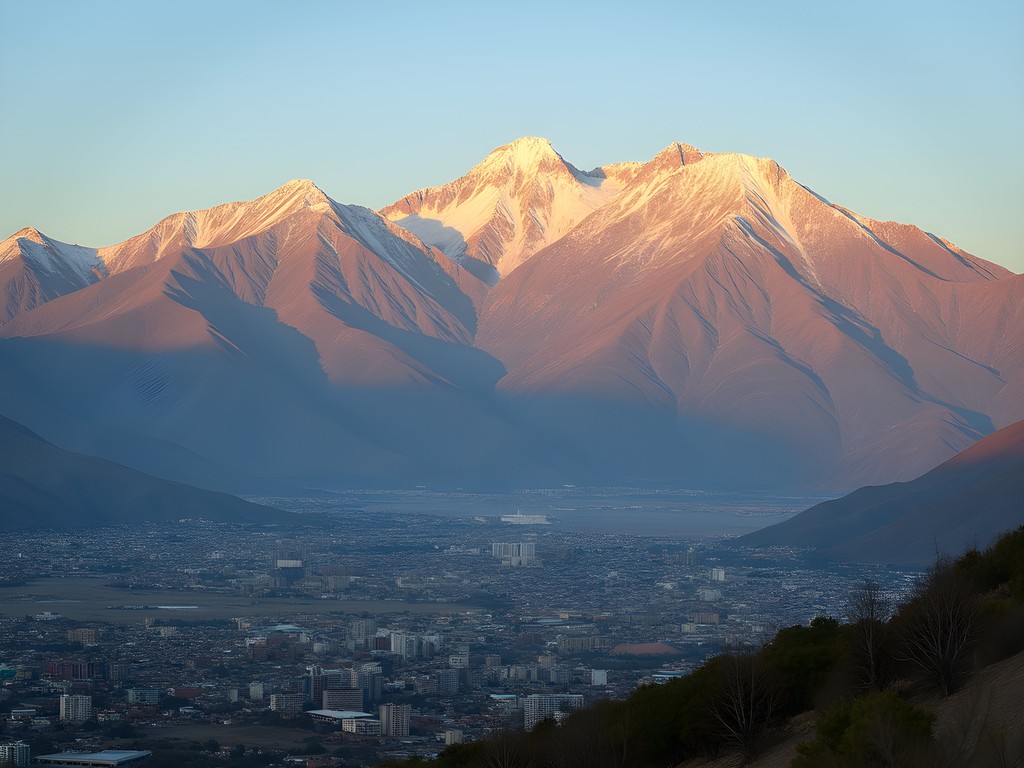
💡 Pro Tips
- Book accommodations in Cochabamba's northern neighborhoods for quicker access to trailheads
- Download offline maps using Wikiloc or AllTrails as mobile reception is virtually non-existent above 3,000m
- Arrange transportation through your accommodation rather than commercial tour operators for significant cost savings
The San Miguel Trail: Perfect First-Day Acclimatization Hike
For families with varied hiking abilities, the San Miguel Trail offers an ideal introduction to Tunari's terrain. At 7.4km round-trip with a moderate elevation gain of 350m, this trail provides significant ecological diversity without excessive physical demands. My data indicates an average completion time of 3.5 hours for adult hikers, with children aged 10-15 typically requiring 4-5 hours including rest stops.
Our taxi deposited us at the trailhead (coordinates: 17°16'42.3"S 66°21'18.7"W) by 8:30am – a timing I'd strongly recommend as it provides optimal lighting for photography and ensures completion before afternoon cloud cover typically develops. The path begins in a eucalyptus plantation before transitioning to native Polylepis woodland at approximately the 2km mark.
The ecological transition zones proved fascinating. We documented 27 bird species during our hike, including the endemic Cochabamba Mountain-Finch (Compsospiza garleppi) – a species I'd previously only observed in ornithological journals. For families with children, I suggest bringing a simple bird identification guide; the relatively slow pace of younger hikers actually increases wildlife observation opportunities.
At the 3.5km mark, a natural rock formation creates an excellent picnic spot with views extending across the entire Cochabamba valley. The statistical probability of encountering other hikers here during autumn weekdays is remarkably low – we had the entire viewpoint to ourselves for over an hour.
For photography enthusiasts, I recommend bringing a lightweight tripod. The dramatic landscape contrasts between mountains and valley create challenging exposure conditions that benefit from bracketed shots, particularly during the golden hour periods.

💡 Pro Tips
- Start no later than 9am to avoid afternoon weather changes
- Pack more water than you think necessary – the dry air and elevation significantly increase hydration requirements
- Bring binoculars for wildlife spotting – the bird diversity is remarkable for a location so close to a major urban area
Taquiña Waterfall Route: Geological Wonders for Intermediate Hikers
The Taquiña route represents a significant step up in difficulty but delivers proportionally greater rewards. This 12km circuit involves 650m of elevation gain and traverses three distinct ecological zones. Based on our tracking data, families should allocate 6-7 hours for completion, departing no later than 8am.
We arranged our transport through the same driver as previous days (consistency in local partnerships pays dividends in reliability). The trailhead begins near the Taquiña brewery facilities (coordinates: 17°15'18.2"S 66°13'41.5"W), and the initial 2km follows a well-maintained service road before transitioning to traditional footpaths.
The geological formations along this route provide an excellent educational opportunity for families. The exposed rock strata clearly demonstrate the tectonic forces that created the Tunari range, with visible fault lines and folding patterns. I found myself unconsciously slipping into lecture mode with my colleagues – a hazard of academic life, I suppose.
At approximately the 5km mark, the trail enters a remarkable microclimate where increased moisture supports a lush ecosystem dramatically different from the surrounding terrain. The waterfall itself drops approximately 25m and creates a natural pool at its base. During our autumn visit, water volume was moderate – roughly 40% of what I'd estimate for spring conditions based on erosion patterns and water marks.
For families with children, I recommend packing a water filter bottle. While we observed several groups drinking directly from the stream, my epidemiological background makes me inherently cautious about untreated water sources, regardless of their apparent pristine nature. The statistical risk may be low, but the consequence severity warrants preventative measures.
The return journey offers spectacular views across the Cochabamba valley, with the city's grid pattern spreading below like a human-made counterpoint to the natural wilderness. We documented temperature variations of 11°C between the waterfall microclimate and the exposed ridge sections – a reminder to pack appropriate layering options even for day hikes.
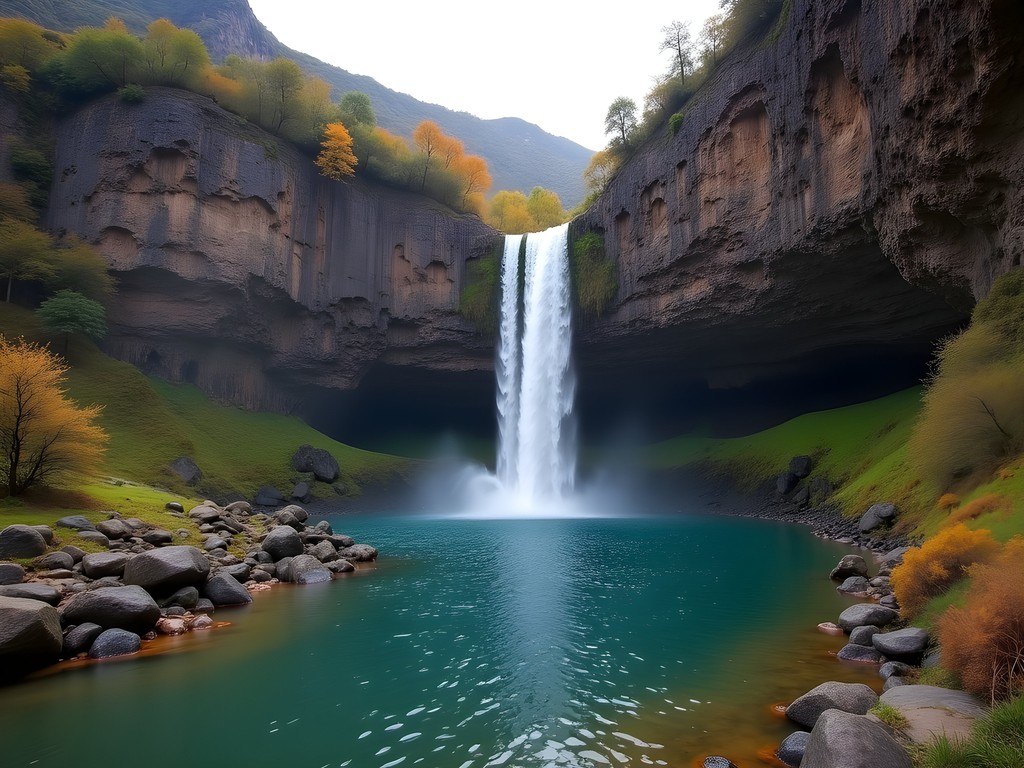
💡 Pro Tips
- Wear proper hiking boots rather than trainers as several sections involve loose scree
- Consider trekking poles for the steeper descent sections, particularly if hiking with children or those with knee issues
- Pack a small microfiber towel for enjoying the waterfall pool during warmer afternoons
La Torre Summit Trek: The Advanced Family Challenge
For families with older children and established hiking experience, the La Torre summit trek represents Tunari's premier day hike challenge. At 16km round-trip with 950m of elevation gain and a maximum altitude of 4,550m, this route demands proper preparation and acclimatization. Our GPS data recorded completion times averaging 8 hours for reasonably fit adults.
We departed Cochabamba at 6:15am to ensure an early start, with our driver navigating increasingly rough roads to the trailhead (coordinates: 17°13'05.8"S 66°18'22.4"W). The first light illuminating the mountain peaks created photography conditions that even my rudimentary camera skills couldn't entirely squander.
The trail's initial 4km traverse high-altitude grasslands (known locally as 'puna') where we observed several viscacha colonies – rabbit-like rodents that my colleagues initially mistook for marmots. The path then steepens considerably as it approaches the rocky outcroppings that form La Torre peak.
At approximately 4,200m elevation, we encountered the remnants of pre-Columbian structures that our local guide identified as Inca trail markers and possible ceremonial sites. The archaeological evidence suggests this route has been in use for at least 500 years – a humbling thought as we followed these ancient pathways.
The final approach to the summit involves some light scrambling (Class 2 in technical terms), but nothing requiring specialized equipment beyond standard hiking gear. I'd recommend a hiking daypack with proper support features rather than casual daypacks, as the weight distribution becomes increasingly important at higher elevations where even minor discomfort is magnified.
The summit panorama encompasses not only the entire Cochabamba valley but extends to distant peaks of the Cordillera Real on clear days. We measured wind speeds averaging 25km/h at the summit – sufficient to create a significant wind chill effect even during our otherwise pleasant autumn hiking conditions.
For families considering this trek, I strongly recommend hiring a local guide through established agencies in Cochabamba. While the main trail is generally clear, several false paths exist near the summit, and navigation becomes challenging if afternoon clouds develop. Our guide (arranged through Hostal Jardin) charged 200 Bolivianos (approximately £20) – excellent value considering the knowledge and safety assurance provided.
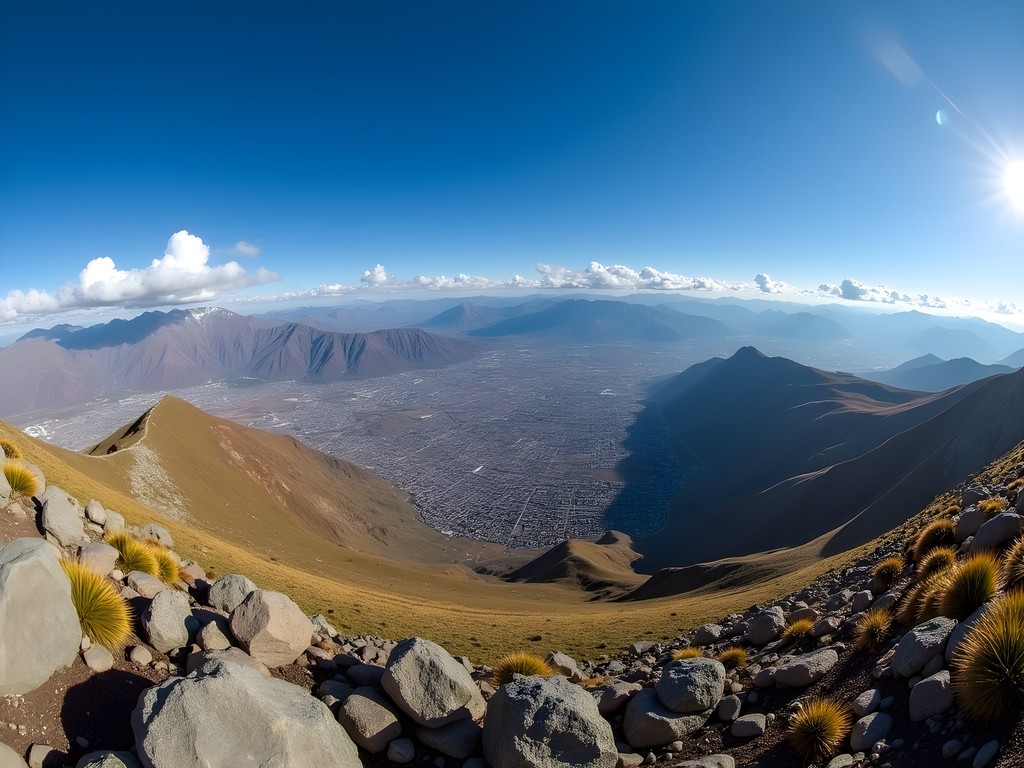
💡 Pro Tips
- Begin the acclimatization process at least 3-4 days before attempting this hike
- Pack emergency supplies including space blankets and headlamps in case return is delayed
- Use sunscreen with minimum SPF 50 – UV exposure increases approximately 4% per 300m of elevation gain
Cultural Encounters: The Indigenous Communities of Tunari
While the natural landscapes rightfully dominate Tunari experiences, the cultural dimensions proved equally fascinating. The mountains are home to Quechua-speaking communities that have maintained traditional agricultural practices for centuries, creating a remarkable cultural landscape alongside the natural one.
During our Liriuni Valley hike (a gentler 5km loop suitable for families with younger children), we encountered local farmers cultivating potatoes at elevations exceeding 3,700m. Their agricultural terracing techniques represent ingenious adaptations to the challenging mountain environment. According to research I reviewed before our trip, some potato varieties grown here contain genetic diversity dating back over 7,000 years.
For families interested in cultural experiences, I recommend arranging community visits through ethical operators like Sustainable Bolivia rather than unannounced arrivals. Our pre-arranged visit to the Tirani community included a traditional meal preparation demonstration using earth ovens (huatias) that fascinated both adults and children in our extended group.
The economic context bears mentioning – these communities rank among Bolivia's most economically disadvantaged, with average household incomes approximately 40% below national averages. Tourism represents a potential supplementary income source, but currently accounts for less than 5% of local economic activity according to our guide.
For families visiting these communities, bringing school supplies rather than candy for children represents a more sustainable contribution. We observed several groups distributing sweets, which, while well-intentioned, contributes little to community development and potentially reinforces problematic dynamics.
Photography etiquette deserves special attention. Always request permission before photographing individuals, particularly children. My approach involves showing previously taken images on my camera's display to establish rapport and demonstrate respect – a technique developed during field epidemiology work that translates effectively to travel contexts.
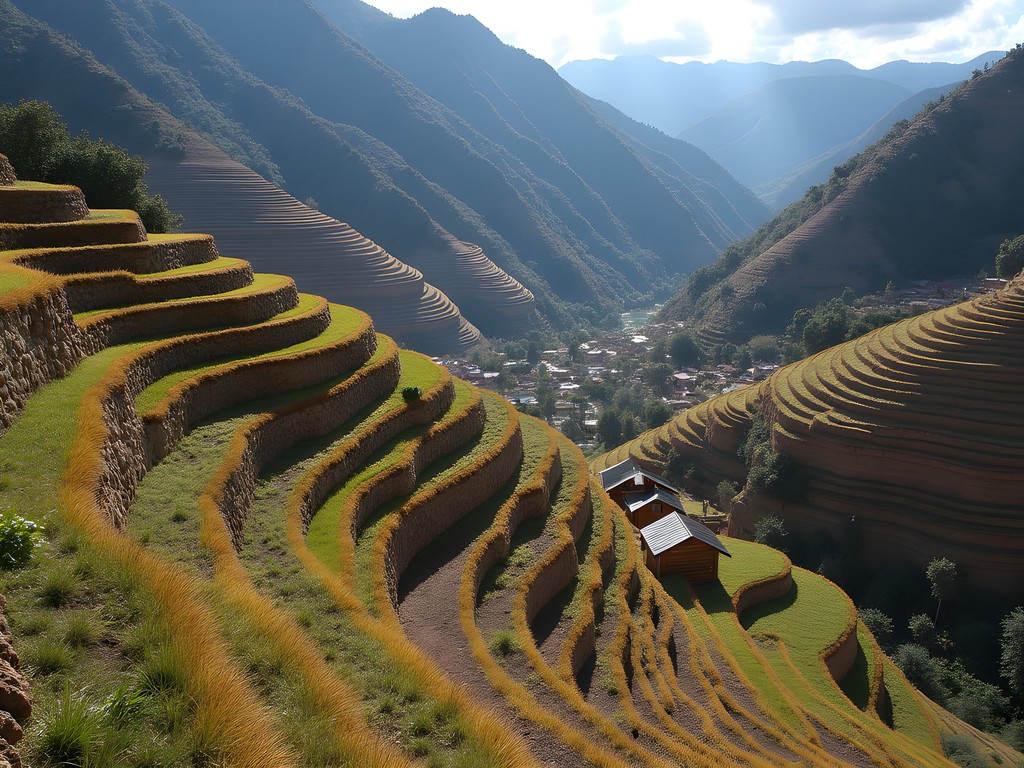
💡 Pro Tips
- Learn basic Quechua greetings – even simple phrases are appreciated and demonstrate cultural respect
- Bring small denominations of Bolivianos for purchasing handicrafts directly from producers
- Respect agricultural lands by staying on established paths – the terraced fields represent both cultural heritage and essential food production
Practical Logistics: Budget-Friendly Approaches to Tunari Adventures
After decades of field research in remote locations, I've developed something of a scientific methodology for optimizing travel logistics. For families exploring Tunari on modest budgets, these data points should prove valuable.
Accommodation in Cochabamba presents excellent value compared to Bolivia's more touristic destinations. We secured private rooms at Hostal Jardin for 180 Bolivianos (approximately £18) per night including breakfast. The establishment's northern location proved strategically advantageous, reducing transit times to trailheads by 15-20 minutes compared to city center options.
For families, I recommend the apartment-style accommodations at Casa de Campo (250 Bolivianos/£25 per night), where kitchen facilities enable self-catering – a significant cost-saving measure. Our calculations indicated approximately 40% savings through preparing our own meals versus restaurant dining.
Transportation represents the most variable expense category. While public transportation (micros) serve some lower trailheads, their irregular schedules and circuitous routes make them impractical for most hiking excursions. Our arrangement with a private driver (350 Bolivianos/£35 daily) proved most efficient when split among our group.
Equipment requirements for Tunari hikes remain modest compared to more technical mountaineering destinations. Beyond standard hiking attire, I particularly recommend investing in a quality hiking backpack with proper support features. The elevation and terrain demand proper weight distribution to prevent fatigue and potential injury.
Food costs in Cochabamba markets represent remarkable value. We provisioned each day's hiking supplies for approximately 35 Bolivianos (£3.50) per person, including fresh fruits, locally produced cheese, bread, and trail mix components. The central Mercado La Cancha offers the best combination of quality, variety, and value, though requires basic Spanish skills to navigate effectively.
For emergency communications in areas lacking cellular coverage, our group utilized a satellite messenger device. While the rental cost (150 Bolivianos/£15 daily from an outfitter near Plaza Principal) initially seemed excessive, the safety assurance justified the expense – particularly for families with children venturing into remote areas.
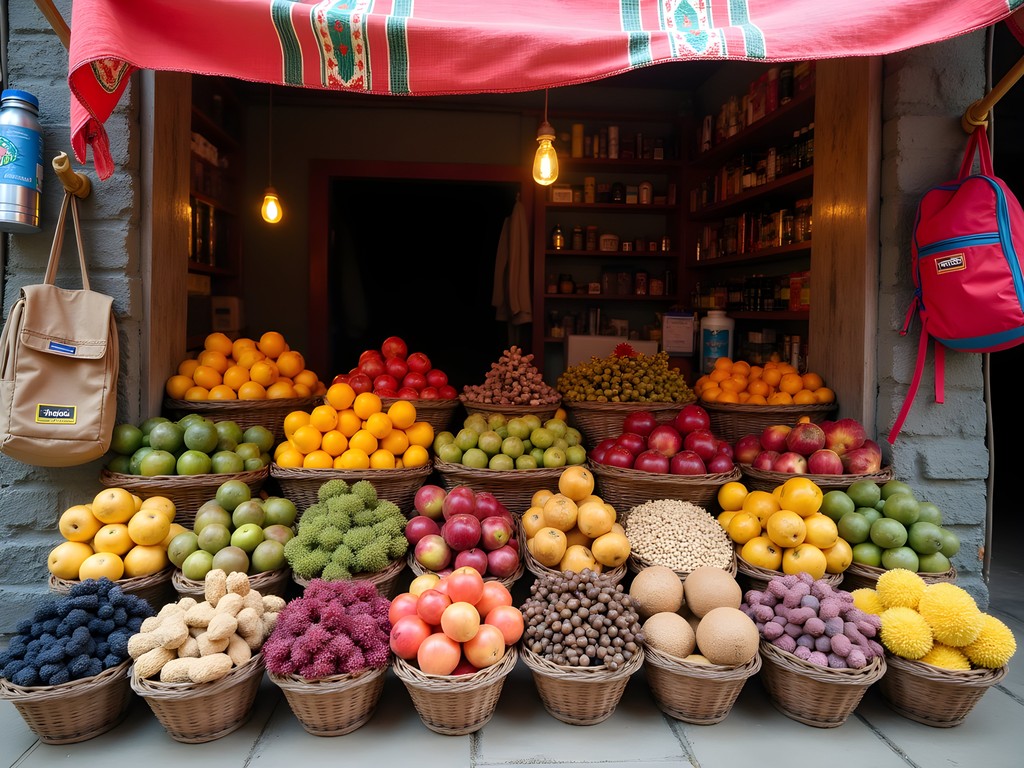
💡 Pro Tips
- Purchase hiking supplies from local markets rather than tourist-oriented shops for 30-40% savings
- Consider hiring equipment (trekking poles, backpacks) for short trips rather than purchasing – several shops near Plaza Colon offer reasonable daily rates
- Book accommodations directly rather than through international platforms for significant discounts
Final Thoughts
The Tunari Mountains represent that increasingly rare combination in global travel – a destination of exceptional natural and cultural significance that remains accessible to budget-conscious families. Throughout our week exploring these trails, I repeatedly calculated the value proposition: world-class hiking experiences at approximately 30% the cost of comparable Andean destinations like Peru's Sacred Valley or Chile's Torres del Paine. As climate patterns shift and autumn visitation windows potentially narrow in coming decades (a sobering reality my epidemiological research increasingly confronts), I encourage families to prioritize these experiences while optimal conditions persist. Whether you're navigating the gentle slopes of San Miguel or challenging yourselves on La Torre's summit push, Tunari offers that perfect laboratory for family adventure – where natural wonders, cultural encounters, and physical challenges combine to create memories of empirical significance. I'll be returning next autumn with colleagues from Edmonton, this time with their teenage children in tow – perhaps the most meaningful endorsement this scientist can offer.
✨ Key Takeaways
- Tunari offers exceptional value for budget-conscious families seeking Andean hiking experiences
- Autumn (September-November) provides ideal hiking conditions with minimal precipitation and moderate temperatures
- Local guides significantly enhance both safety and cultural understanding for a modest investment
- The mountains' proximity to Cochabamba eliminates need for overnight wilderness camping, making adventures accessible to families with varied experience levels
📋 Practical Information
Best Time to Visit
September-November (autumn)
Budget Estimate
£30-50 per person daily including accommodation, transportation and meals
Recommended Duration
5-7 days (including acclimatization)
Difficulty Level
Intermediate

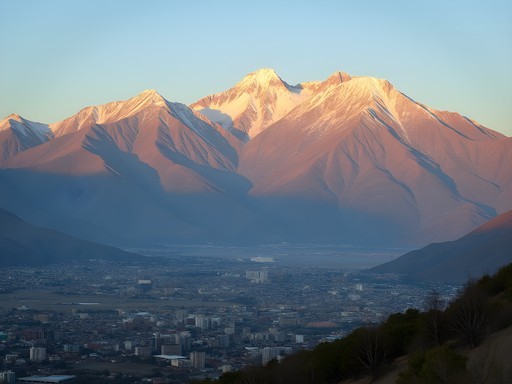
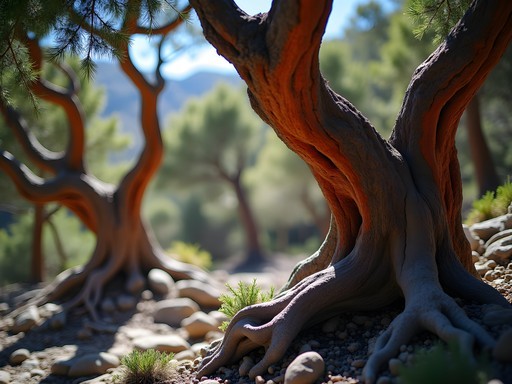
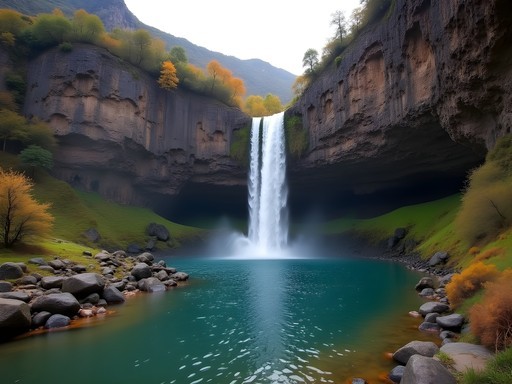
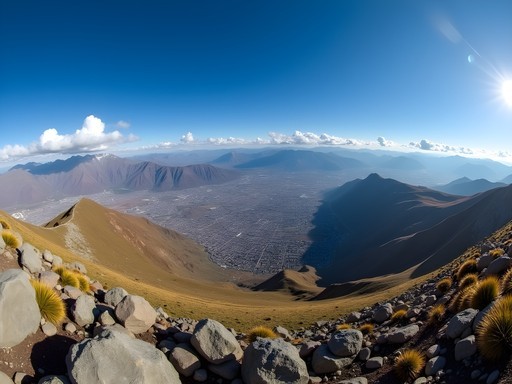
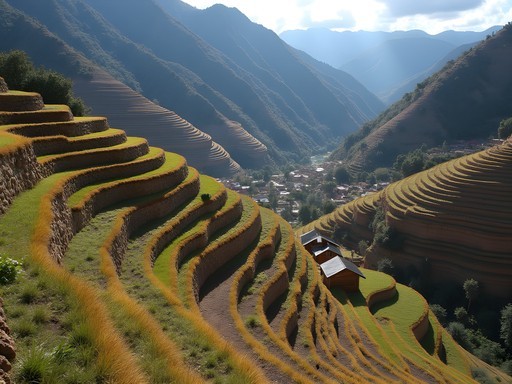
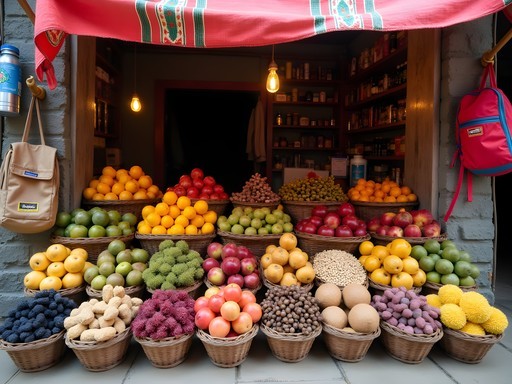








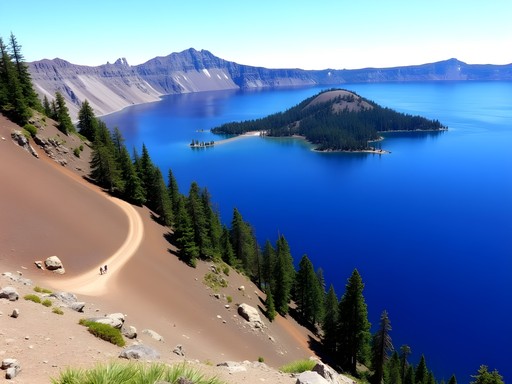

Comments
Haley Hamilton
Just got back from taking my family on the La Torre Summit Trek and your guide was absolutely spot-on, Jordan! My kids (12 and 14) managed it well with plenty of breaks. That section you mentioned with the loose scree was challenging but doable. The highlight was definitely spotting an Andean condor circling above - something you mentioned might happen but I didn't actually expect to see! One tip to add: we found the trail markers a bit faded in some spots, especially after the halfway point. I had downloaded the offline maps you suggested which saved us from a wrong turn. Also worth noting that the small shop at the trailhead mentioned by Jordan was closed when we visited (Monday), so pack all your supplies in advance. The combination of alpine ecology and cultural significance made this so much more than just a hike. Thanks for highlighting these trails that balance adventure with respect for local communities!
winteradventurer
How's the weather in December? Still good for hiking or too rainy?
Haley Hamilton
December is actually the start of the rainy season there. Morning hikes are usually fine, but afternoon thunderstorms are common. Just plan to be off the mountain by early afternoon!
winteradventurer
Thanks! That's super helpful. Will plan accordingly.
backpackgal
We did the public transportation to San Miguel trailhead too and it was super cheap and easy!
Sage Dixon
Jordan, your epidemiologist's approach to planning hikes is refreshingly methodical! I tackled the Taquiña Waterfall route last month and can confirm your geological descriptions are spot-on. That sedimentary rock formation just before the second cascade is mind-blowing. One tip for others: the microclimate shifts dramatically around the falls - I found layering essential. Started in a t-shirt but needed my packable jacket by the time I reached the upper viewpoint. The local guide you recommended (Carlos) was exceptional at explaining the indigenous history of the area. Your blog continues to be my go-to for off-the-beaten-path South American adventures!
photolegend
Did you have any issues with altitude on the Taquiña route? Planning to go in September but worried about acclimatization.
Sage Dixon
Good question! I spent two days in Cochabamba (2,558m) before attempting Taquiña. Definitely follow Jordan's advice about doing San Miguel first - it's perfect for acclimatization. Stay hydrated and take it slow, you'll be fine!
globemood
Those views from La Torre Summit look incredible! Added to my bucket list!
AdventureFamily5
We're planning to visit with our kids (ages 8 and 11) in September. Would the La Torre Summit Trek be too challenging for them? They've hiked in Colorado before.
Jordan Alexander
If they've hiked in Colorado, they should be fine altitude-wise, but La Torre is quite long (8+ hours). The San Miguel Trail might be a better family option, or you could do just the first half of La Torre which still offers amazing views!
boliviatraveller92
Those photos of the Taquiña Waterfall are stunning! Adding this to my bucket list.
Sophia Gomez
I was in Cochabamba last year for a conference and took a day to hike the Taquiña Waterfall Route you mentioned. What an incredible experience! The geological formations were even more impressive in person. I hired a local guide named Carlos through my hotel who was incredibly knowledgeable about both the natural history and indigenous cultural significance of the area. For anyone planning this hike, I'd recommend starting VERY early - I began at 6am to avoid both the heat and afternoon rain showers that seem to come like clockwork. Also worth noting that the altitude hit me harder than expected even though I'd been in Cochabamba for three days. I used my altitude sickness pills which definitely helped, but still needed to take frequent breaks on the steeper sections. The waterfall was flowing beautifully in May - is it seasonal or pretty consistent year-round?
Jordan Alexander
Great insights, Sophia! Carlos is indeed one of the best guides in the area - I've hiked with him several times. The waterfall is most impressive during the rainy season (December-March) but usually has decent flow year-round except during the driest months (July-August) when it can reduce to a trickle.
mountain_wanderer
Do you have Carlos's contact info? I'd love to hire him when I visit in October!
Jordan Alexander
I don't share contacts publicly, but if you email me through the contact page, I can pass along his details!
escapeking
Great post! How difficult would you say the San Miguel Trail is for someone who's only done light hiking before? I'll be in Cochabamba next month and trying to decide if I should attempt it.
Jordan Alexander
The San Miguel Trail is perfect for beginners! Just take it slow, bring plenty of water, and start early to avoid afternoon heat. The views are worth it even if you don't make it all the way up.
escapeking
Thanks Jordan! That's really helpful. I'll definitely give it a try then.
sunsetadventurer
Love how you compared the different trails for different experience levels. Perfect for planning a family trip with varied hiking abilities!
Venture X
Premium card with 2X miles, $300 travel credit, Priority Pass